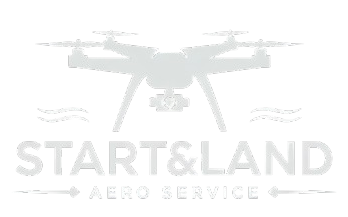Drones have become indispensable tools in conservation and wildlife management, enabling researchers and conservationists to collect crucial data with minimal disturbance to natural habitats. From monitoring endangered species to spotting illegal poaching activities, drones are empowering those dedicated to environmental protection with innovative and effective solutions.
Monitoring Wildlife and Ecosystems
Drones allow conservationists to track animal movements, monitor population health, and observe behaviors without interrupting their environment. This non-intrusive approach is especially valuable for studying endangered species.
Preventing Illegal Activities
In regions prone to illegal logging or poaching, drones provide an aerial view that helps detect and deter these activities. Real-time footage and GPS tracking allow authorities to respond promptly and take preventive action, preserving valuable ecosystems.
Surveying Forest Health
Drones equipped with thermal imaging and multispectral cameras help identify diseased trees, assess forest health, and detect changes in vegetation. Early detection supports better management decisions and can prevent disease spread.
Supporting Search and Rescue Efforts
For lost hikers or campers, drones are critical in locating people within vast forests and rugged terrains. Their thermal cameras can detect heat signatures even at night, significantly aiding rescue teams and saving lives.
Conclusion:
By enabling remote monitoring and rapid data collection, drones are transforming conservation efforts and wildlife management. With the ability to navigate inaccessible areas and minimize human impact, drones bring a new level of care and precision to environmental preservation.
